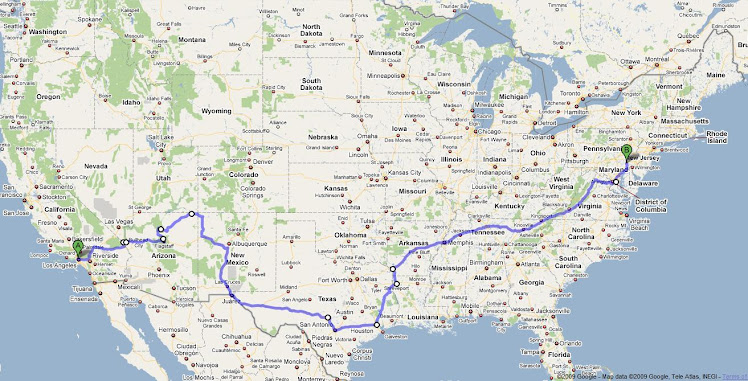so we get to the grand canyon (another 'lack of originality' instance - we saw a restaurant called "seasoned kitchen" in flagstaff) - anyhow, at the grand canyon some wannabe hippie with long hair and a beard and a hollister sweater said these words - "this is the type of canyon i'd fall into" - well don't let me stop you sir, and let me first get out of the way and get my camera ready (he didn't fall in)
after seeing mediocre canyon and decent canyon and semi-good canyon if you're on peyote (and three wild horses!) we made it up to the GRAND canyon - and it was snow-capped and brilliant albeit a bit slippery. This was Nicole's first trip to the GC, but it was my third, and I believe the colorado river may be the greatest american artist - the carving skills displayed throughout northern arizona are unmatched by the likes of warhol, o'keeffe, and pollock - i suggest anyone with the opportunity to see this wonder do so, and quickly (and thorough)
i could go on, but the pictures will do a better job, and a visit would do an even better one - also, i'm exhausted and we have a king-sized bed looking me right in the face and whispering my name seductively
i'll leave you with some info gathered from www.answerbag.com concerning a question Nicole and I had as we made our way from uber-urbia to no man's land...
this was the question - What percentage of land in the United States is developed (both including and excluding Alaska)?
this was one of the answers...
by chez nation on January 15th, 2008
"I have been researching this question for 30 years
The answer depends on how the word developed is defined
For Alaska, the 600,000 persons are mostly located in urban areas, and consume only a few hundred square miles of land. Most of the 591,000 square miles of Alaska are wilderness area, owned by the federal and state governments and native tribes.
For the other 49 states which have about 300 million persons on about 3 million square miles of land, I offer two sets of statistics:
developed 7%
cropland 18%
pasture and range 36%
managed forest 12%
natural forest, desert, wetlands, etc. 27%
so we can say that about 27 percent of the 49 states are wildlands, with about a quarter of this protected as official designated wilderness areas
pasture and range can have wildland attributes depending on the intensity of domesticated animal grazing relative to wild animal use
we can say that 93 percent of the 49 states are open space
developed area of 7 percent or 210,000 square miles (the world's highest amount, or about 21 percent of the world's developed area of about 1 million square miles)
urbanized and urban, 100,000 square miles
exurban and rural settlement, 60,000 square miles
transportation, utility corridors, waste disposal and mining sites, 50,000 square miles
80 percent of Americans are urban, or 240 million on 100,000 square miles, at a relatively low average urban density of 2,400 per square mile
20 percent of Americans are rural, either in scattered exurban patches, or more remote rural settlement, and this 60 million people on 60,000 square miles have a settlement pattern of 1,000 per square mile; lower due to the larger residential lot sizes
another measure is pavement, about 50,000 square miles of the USA are paved over, with 40,000 in roads and parking, and 10,000 in houses and buildings, or about 75 percent of the developed area of 210,000 square miles is vegetation, largely lawns but also wooded streams and scattered patches of open space within urban areas"
Tuesday, January 26, 2010
Subscribe to:
Post Comments (Atom)


No comments:
Post a Comment